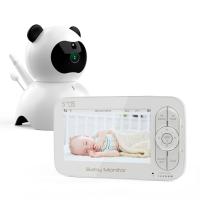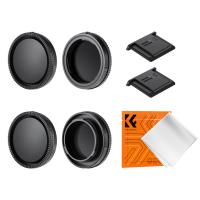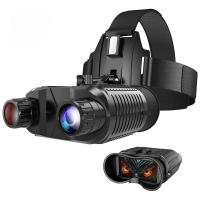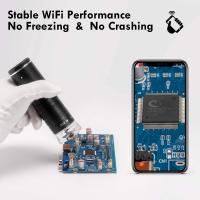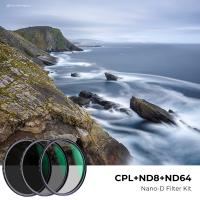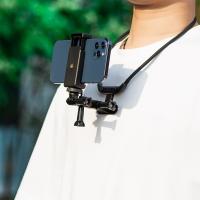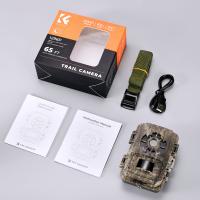How To Set Up A Surveillance Camera?
To set up a surveillance camera, first, choose the location where you want to install the camera. Make sure it is a strategic location that covers the area you want to monitor. Next, mount the camera on a stable surface using screws or brackets. Then, connect the camera to a power source and to a recording device or a monitor. You can use a wired or wireless connection depending on the type of camera you have. After that, configure the camera settings such as resolution, motion detection, and recording schedule. Finally, test the camera to ensure it is working properly and adjust the angle if necessary. It is also important to check local laws and regulations regarding the use of surveillance cameras.
1、 Camera Placement
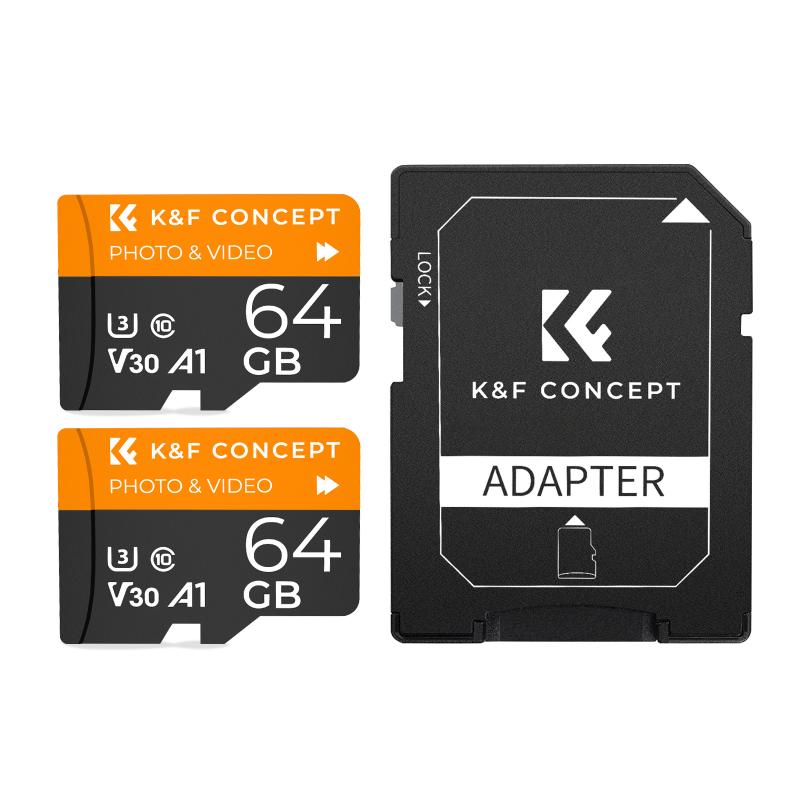
How to set up a surveillance camera:
1. Camera Placement: The first step in setting up a surveillance camera is to determine the best location for it. The camera should be placed in an area that provides a clear view of the area you want to monitor. It should also be placed in a location that is not easily accessible to potential intruders. The latest point of view is to consider the height of the camera placement, as it can affect the angle and range of the camera's view. It is recommended to place the camera at a height of 8-10 feet for optimal coverage.
2. Choose the right camera: There are many types of surveillance cameras available in the market, each with its own features and capabilities. It is important to choose the right camera for your specific needs. For example, if you want to monitor a large area, you may need a camera with a wide-angle lens. If you want to monitor in low light conditions, you may need a camera with infrared capabilities.
3. Install the camera: Once you have chosen the right camera and determined the best location for it, it is time to install the camera. Follow the manufacturer's instructions carefully to ensure that the camera is installed correctly. Make sure that the camera is securely mounted and that all cables are properly connected.
4. Set up the monitoring system: Once the camera is installed, you will need to set up the monitoring system. This may involve installing software on your computer or mobile device, or connecting the camera to a network video recorder (NVR). Make sure that the monitoring system is set up correctly and that you can access the camera feed from anywhere.
5. Test the camera: Finally, it is important to test the camera to make sure that it is working properly. Check the camera feed to ensure that the image is clear and that the camera is capturing the area you want to monitor. Make any necessary adjustments to the camera placement or settings to ensure that you are getting the best possible coverage.
2、 Power and Connectivity
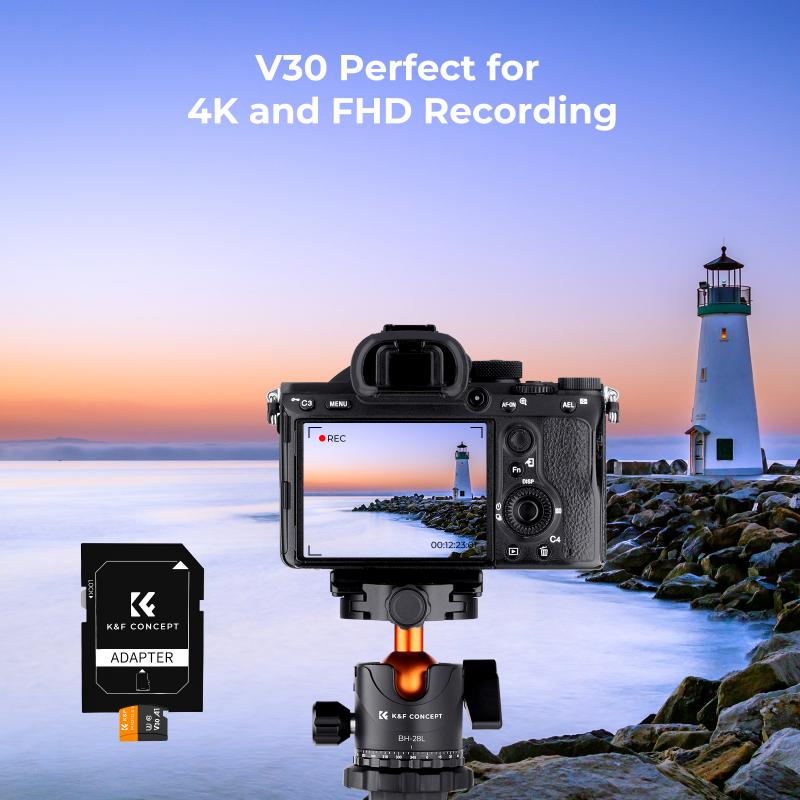
How to set up a surveillance camera involves several steps, but the two most critical aspects are power and connectivity. Without these two elements, the camera will not function correctly, and the footage captured will be useless.
Power is the first thing to consider when setting up a surveillance camera. Most cameras require a power source to operate, and there are several options available. Some cameras come with a power adapter that can be plugged into a wall outlet, while others can be powered by a battery or solar panel. It is essential to choose a power source that is reliable and can provide enough power to keep the camera running continuously.
Connectivity is the second critical aspect of setting up a surveillance camera. Most cameras require an internet connection to transmit footage to a remote location or to a cloud-based storage system. There are several ways to connect a camera to the internet, including Wi-Fi, Ethernet, or cellular data. It is essential to choose a reliable and secure connection method to ensure that the footage captured is not compromised.
In recent years, advancements in technology have made it easier to set up and manage surveillance cameras. Many cameras now come with user-friendly software that allows users to monitor footage remotely and receive alerts when motion is detected. Additionally, some cameras now use artificial intelligence to detect and identify objects in the footage, making it easier to identify potential threats.
In conclusion, setting up a surveillance camera involves several steps, but power and connectivity are the most critical aspects. It is essential to choose a reliable power source and a secure connection method to ensure that the camera functions correctly and the footage captured is not compromised. With the latest advancements in technology, setting up and managing surveillance cameras has become more accessible and user-friendly.
3、 Camera Settings and Configuration

How to set up a surveillance camera:
1. Choose the right camera: Before setting up a surveillance camera, it is important to choose the right camera for your needs. Consider factors such as resolution, field of view, and night vision capabilities.
2. Determine the location: Once you have chosen the camera, determine the location where you want to install it. Make sure the camera is placed in a strategic location that covers the area you want to monitor.
3. Install the camera: Follow the manufacturer's instructions to install the camera. This may involve mounting the camera on a wall or ceiling, running cables, and connecting the camera to a power source.
4. Camera Settings and Configuration: Once the camera is installed, you will need to configure its settings. This includes setting up motion detection, adjusting the camera's field of view, and setting up alerts and notifications.
5. Connect to a monitoring system: To monitor the camera's footage, you will need to connect it to a monitoring system. This can be a computer, a mobile device, or a dedicated surveillance system.
6. Test the camera: Before relying on the camera for surveillance, it is important to test it to ensure it is working properly. Check the camera's footage and make any necessary adjustments to the settings.
In recent years, there has been a shift towards using wireless surveillance cameras, which offer greater flexibility and ease of installation. These cameras can be connected to a Wi-Fi network and accessed remotely from a mobile device or computer. Additionally, many cameras now come with advanced features such as facial recognition and object tracking, which can enhance their surveillance capabilities.
4、 Recording and Storage
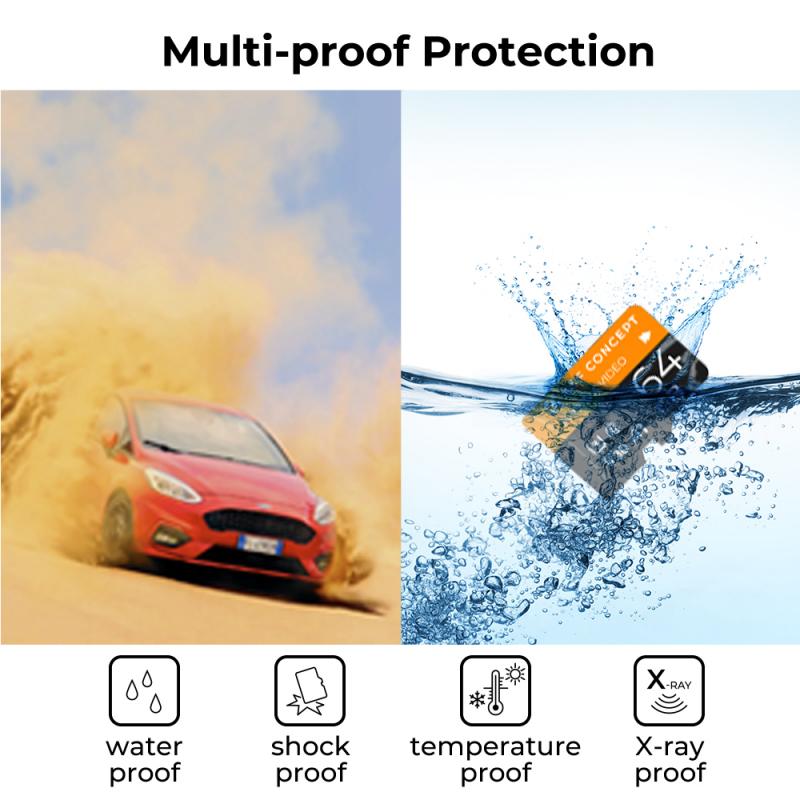
How to set up a surveillance camera:
1. Choose the right camera: There are many types of surveillance cameras available in the market, so it's important to choose the right one for your needs. Consider factors such as the area you want to monitor, lighting conditions, and whether you need a wired or wireless camera.
2. Install the camera: Once you have chosen the camera, it's time to install it. Follow the manufacturer's instructions carefully to ensure that the camera is installed correctly. Make sure that the camera is positioned in a way that provides a clear view of the area you want to monitor.
3. Connect the camera to a recording device: To record the footage captured by the camera, you will need to connect it to a recording device. This can be a DVR (digital video recorder), NVR (network video recorder), or a cloud-based storage service.
4. Set up the recording schedule: Depending on your needs, you may want to set up a recording schedule for your surveillance camera. This can be done using the software provided by the manufacturer or through the recording device.
5. Monitor the footage: Once the camera is set up and recording, you can monitor the footage either in real-time or by reviewing the recordings later. Some cameras come with mobile apps that allow you to view the footage remotely.
Recording and Storage:
When it comes to recording and storage, there are several options available. DVRs and NVRs are popular choices for recording and storing footage, as they offer a high level of security and reliability. Cloud-based storage services are also becoming increasingly popular, as they offer the convenience of remote access and the ability to store large amounts of footage without the need for physical storage devices.
In recent years, there has been a growing trend towards using AI (artificial intelligence) to enhance surveillance camera systems. AI-powered cameras can analyze footage in real-time, detecting and alerting users to potential security threats. They can also be used to automate tasks such as tracking people or vehicles, making surveillance systems more efficient and effective.
Overall, setting up a surveillance camera system requires careful consideration of your needs and the available options. With the right camera, recording device, and storage solution, you can create a powerful surveillance system that provides peace of mind and enhanced security.












